10 Steps to Understanding the Ikat Weaving Process in Sambalpuri Sarees
Blue Ikkat Sambalpuri Silk Saree | P011304595

Shop the Blue Ikkat Sambalpuri Silk Saree
Sambalpuri sarees, originating from the heart of Odisha, India, are renowned for their intricate designs and vibrant colors. A key element that sets them apart is the mesmerizing Ikat weaving technique. This traditional tie-and-dye technique creates unique patterns that are a hallmark of Odisha handloom. Priyadarshini Handloom, a curator of authentic Odishan textiles, brings you closer to understanding this fascinating process. This blog post will delve into the 10 essential steps involved in creating these masterpieces, showcasing the skill and artistry that goes into each Sambalpuri Ikat saree. This will answer all questions like: How is Ikat Weaving Done in Sambalpuri Sarees, Step-by-Step Guide to Sambalpuri Ikat Process, What is the Ikat Process for Making Handloom Sarees, Authentic Ikat Weaving Process Odisha, Traditional Ikat Dyeing for Sambalpuri Sarees, Priyadarshini Handloom Ikat Saree Weaving, Ikat Weaving Process in Bargarh, Where to learn about Ikat weaving online
Preparing the Yarn: The Foundation of Ikat
The journey of a Sambalpuri saree begins with the careful preparation of the yarn. This initial stage is crucial as it lays the groundwork for the intricate patterns and vibrant colors that define these beautiful textiles.
Red Ikkat Sambalpuri Silk Saree | P160104898

Shop the Red Ikkat Sambalpuri Silk Saree
Selecting the Right Yarn
The choice of yarn is paramount in determining the final look and feel of the saree. Sambalpuri Ikat sarees are traditionally crafted using silk, cotton, or tussar silk. Each type of yarn offers unique characteristics:
- Silk: Known for its lustrous sheen and smooth texture, silk lends an aura of elegance and sophistication to the saree.
- Cotton: A more affordable and comfortable option, cotton is perfect for everyday wear and offers a soft, breathable drape.
- Tussar Silk: This wild silk, also known as "Kosa silk" in Odisha, has a distinctive texture and a natural golden sheen, adding a touch of rustic charm to the saree. It's particularly famous in regions like Bargarh, lending unique characteristics to the sarees woven there.
The selection process prioritizes yarn quality to ensure the durability and longevity of the finished product.
Product Highlight: - Blue Ikkat Sambalpuri Silk Saree | P011304595 - This stunning saree is crafted from high-quality silk, showcasing the smooth texture and vibrant color that this yarn is known for. - Green Ikkat Sambalpuri Silk Saree | P011104593 - Another beautiful example of a silk Ikat saree, highlighting the luxurious feel and intricate patterns achievable with this yarn.
Washing and Drying
Once the yarn is selected, it undergoes a thorough washing process. This crucial step removes any impurities, oils, or starch that may be present on the fibers. Removing these substances ensures that the dye adheres evenly to the yarn in subsequent stages, resulting in a uniform and vibrant color.
After washing, the yarn is carefully dried. This is typically done by stretching the yarn out in the open air, allowing it to dry naturally under the sun. The drying process is essential for preparing the yarn to absorb the dye effectively.
The Tie-and-Dye Magic: Creating the Ikat Pattern
This is where the artistry of Ikat truly comes to life. The unique patterns of Sambalpuri sarees are not woven into the fabric but are created by strategically dyeing the yarn before it is woven. This intricate tie-and-dye technique is what distinguishes Ikat from other weaving traditions.
Green Ikkat Sambalpuri Silk Saree | P011104593

Shop the Green Ikkat Sambalpuri Silk Saree
Binding the Yarn
The process begins with meticulously binding sections of the yarn. Artisans use threads, rubber bands, or other materials to tightly wrap portions of the yarn that are intended to resist the dye. The pattern is pre-determined, and the binding is done with remarkable precision, as this will dictate the final design that emerges on the woven fabric. Each tie is a deliberate act, contributing to the overall aesthetic of the saree. This answers the question of What is the Ikat Process for Making Handloom Sarees
Product Highlight: - The precision of the binding process is directly reflected in the clarity of the patterns seen in sarees like the Red Ikkat Sambalpuri Silk Saree | P160104898.
Dyeing Process
The bound yarn is then immersed in dye baths. Dyeing is often a multi-stage process, with the yarn being dipped in different colors sequentially to achieve the desired hues and shades.
Traditionally, natural dyes derived from plants, roots, and minerals were used. These natural dyes impart a unique depth and richness to the colors. For example, indigo was used for blue, turmeric for yellow, and lac for red.
While natural dyes are still used by some artisans, many now employ synthetic dyes as well. Synthetic dyes offer a wider range of colors and are often more colorfast. The dyeing process involves carefully monitoring the time the yarn spends in the dye bath, as well as the temperature, to ensure even and consistent coloring.
Product Highlight: - Red Ikkat Sambalpuri Silk Saree | P160104898 - Notice the rich, deep red hue achieved through the dyeing process, a testament to the vibrant colors of Sambalpuri Ikat. - Yellow Ikkat Sambalpuri Silk Saree | P320305225 - This saree showcases a beautiful yellow, demonstrating the range of colors possible with both natural and synthetic dyes.
Weaving the Masterpiece: Bringing the Pattern to Life
After the yarn is dyed and dried, it's time for the actual weaving process. This is where the magic of Ikat truly unfolds, as the pre-dyed yarns are meticulously woven together to reveal the intricate patterns.
Black Ikkat Sambalpuri Silk Saree | P010604588

Shop the Black Ikkat Sambalpuri Silk Saree
Setting up the Loom
The first step is to prepare the loom. This involves warping and wefting. Warping is the process of stretching the lengthwise yarns (warp) onto the loom. Wefting involves preparing the crosswise yarns (weft) that will be interwoven with the warp. In Ikat weaving, both the warp and weft yarns are often pre-dyed.
The loom is set up with great care, ensuring that the dyed sections of the yarn are perfectly aligned. This alignment is crucial for the patterns to emerge correctly during the weaving process. The precision required in setting up the loom is a testament to the skill and experience of the weavers.
Weaving Techniques
The actual weaving process is a slow and intricate one. The weaver carefully interlaces the warp and weft yarns, using a shuttle to pass the weft yarn through the warp. The handloom weaving technique used in Sambalpuri sarees involves manual dexterity and a keen eye for detail.
As the weaving progresses, the pre-determined pattern gradually emerges. The alignment of the dyed sections of yarn is crucial, and the weaver must constantly adjust the tension and position of the yarns to ensure that the pattern is precise. This is a testament to the skill required in Priyadarshini Handloom Ikat Saree Weaving. It is a labour of love, requiring immense patience and concentration, you can also learn more about this by searching for Where to learn about Ikat weaving online.
Product Highlight: - Black Ikkat Sambalpuri Silk Saree | P010604588 - The intricate patterns on this black saree are a direct result of the precise weaving technique, showcasing how the dyed yarns come together to form a cohesive design. - Black Ikkat Sambalpuri Silk Saree | Plain Border | P320105223 - This saree, with its plain border, highlights the beauty of the Ikat pattern itself, demonstrating the artistry involved in the weaving process.
Finishing Touches: Completing the Sambalpuri Saree
Once the weaving is complete, the saree is still not quite ready for the market. Several finishing steps are required to enhance its beauty and ensure its durability.
Purple Ikkat Sambalpuri Silk Saree | A771704110

Shop the Purple Ikkat Sambalpuri Silk Saree
Removing the Resist Ties
After the fabric is woven, it's time to reveal the final masterpiece. The artisans carefully untie the resist ties that were used to create the pattern during the dyeing process. This step is like unveiling a work of art, as the intricate patterns, hidden beneath the ties, are now fully visible.
Product Highlight: - The beautiful patterns revealed after removing the resist ties can be seen in sarees like the Off White Ikkat Sambalpuri Silk Saree | P351805299.
Final Washing and Finishing
The woven fabric then undergoes a final washing to remove any residual dye and to soften the fabric. This step also helps to set the colors and prevent them from bleeding.
After washing, the saree is finished to enhance its texture and sheen. This may involve starching, calendering (a process of pressing the fabric between rollers), or other techniques to give the saree its final look and feel. These are the steps that make a Priyadarshini Handloom Ikat stand out from the rest. Quality control is paramount in this stage.
Product Highlight: - Orange Ikkat Sambalpuri Silk Saree | P021304618 - The vibrant color and smooth texture of this saree are a result of the meticulous finishing process, ensuring a high-quality final product.
Conclusion
Off White Ikkat Sambalpuri Silk Saree | P351805299

Shop the Off White Ikkat Sambalpuri Silk Saree
The Ikat weaving process used in Sambalpuri sarees is a testament to the rich textile heritage of Odisha. Each step, from preparing the yarn to the final finishing, requires immense skill, patience, and artistry. Priyadarshini Handloom is proud to support the artisans who keep this tradition alive, offering you a chance to own a piece of this living heritage. By understanding the intricate process behind these beautiful sarees, we hope you gain a deeper appreciation for the craftsmanship and cultural significance of Sambalpuri Ikat.
Call to Action:
Explore our exquisite collection of authentic Sambalpuri Ikat sarees on the Priyadarshini Handloom website and bring home a piece of Odisha's vibrant textile tradition today!





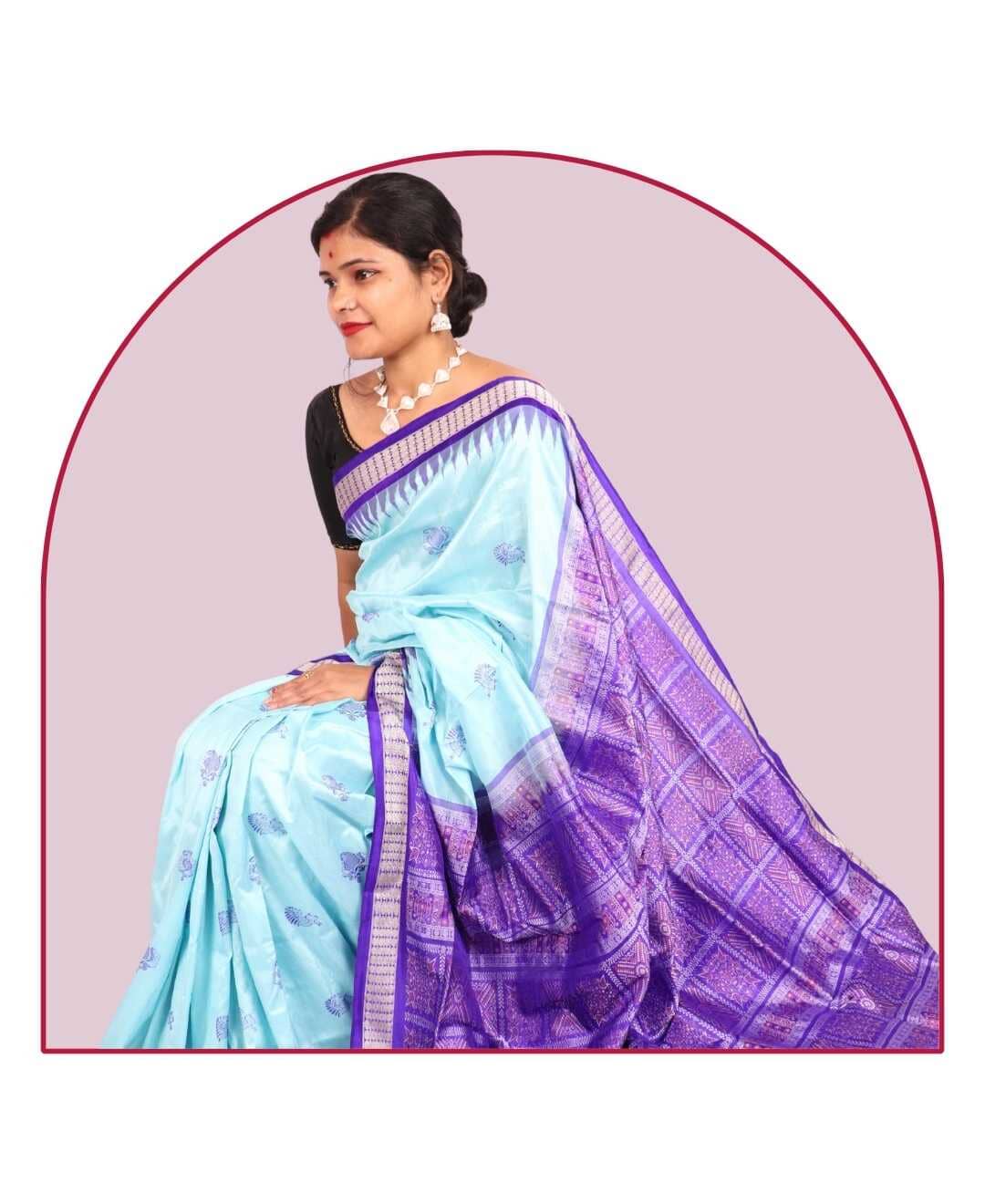




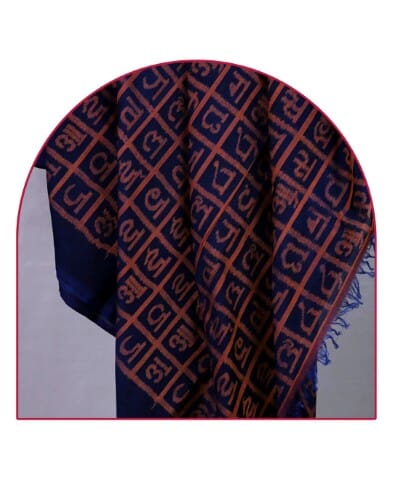



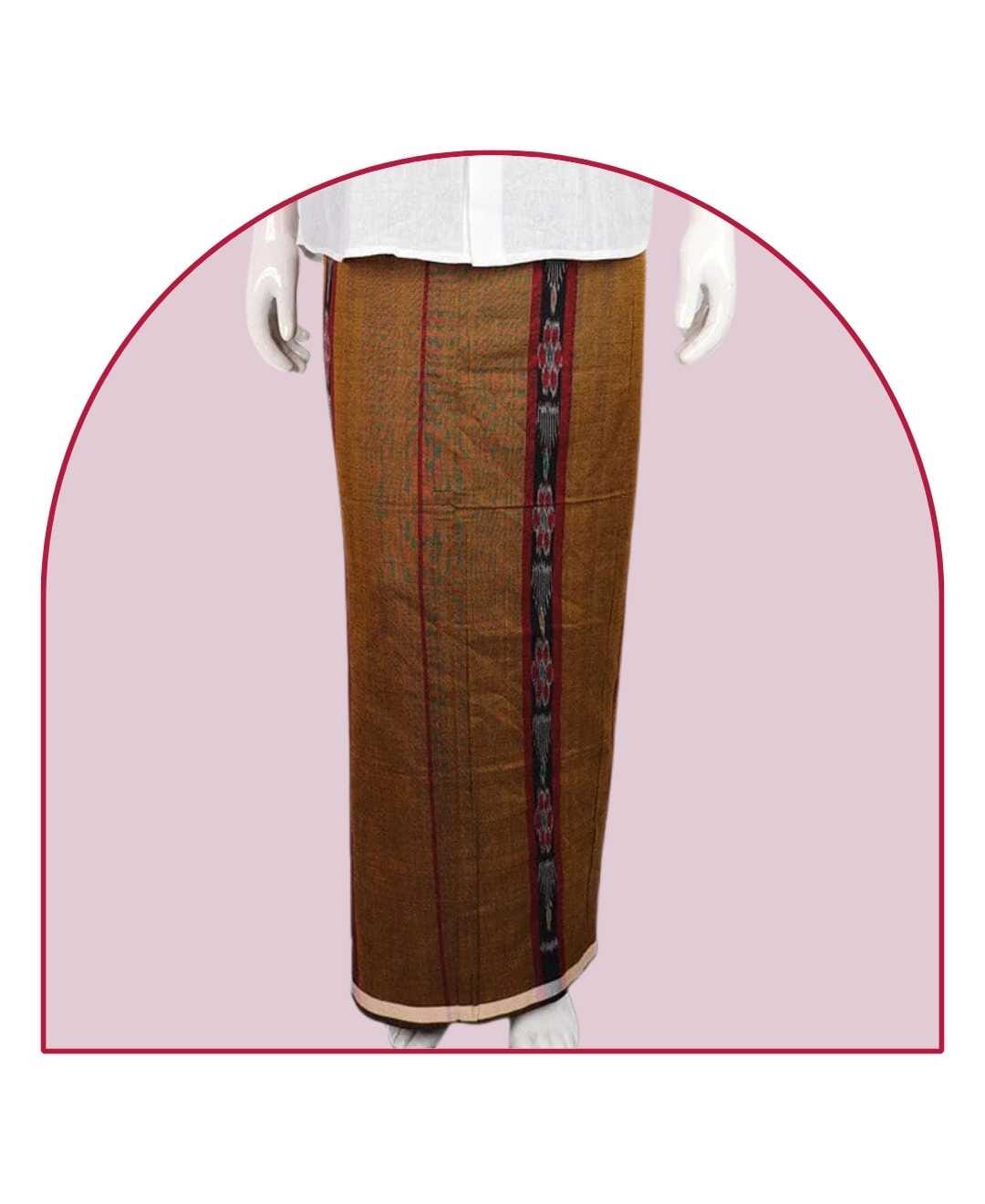



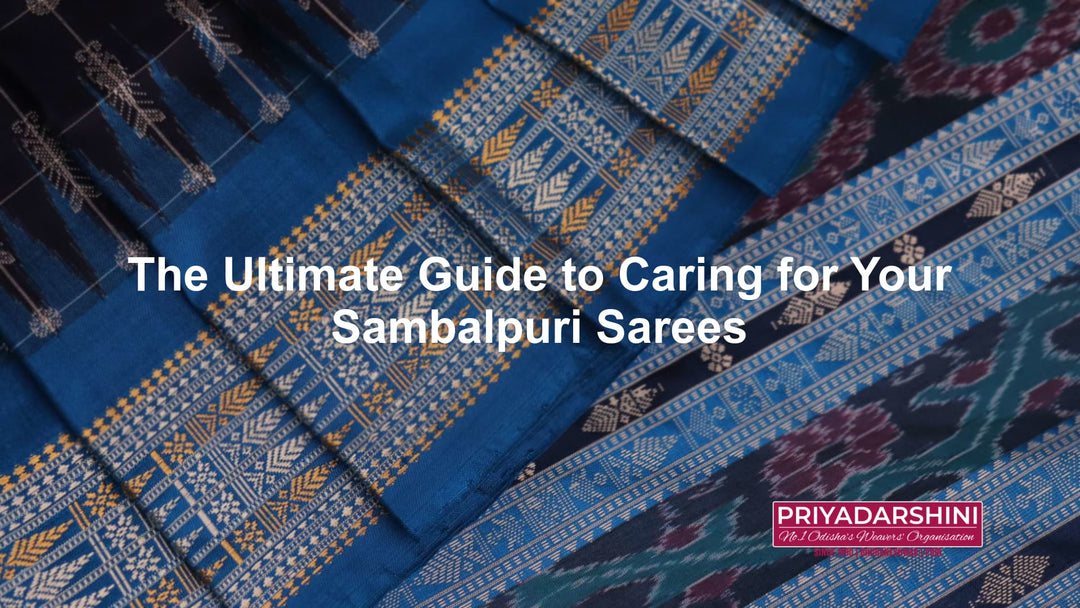

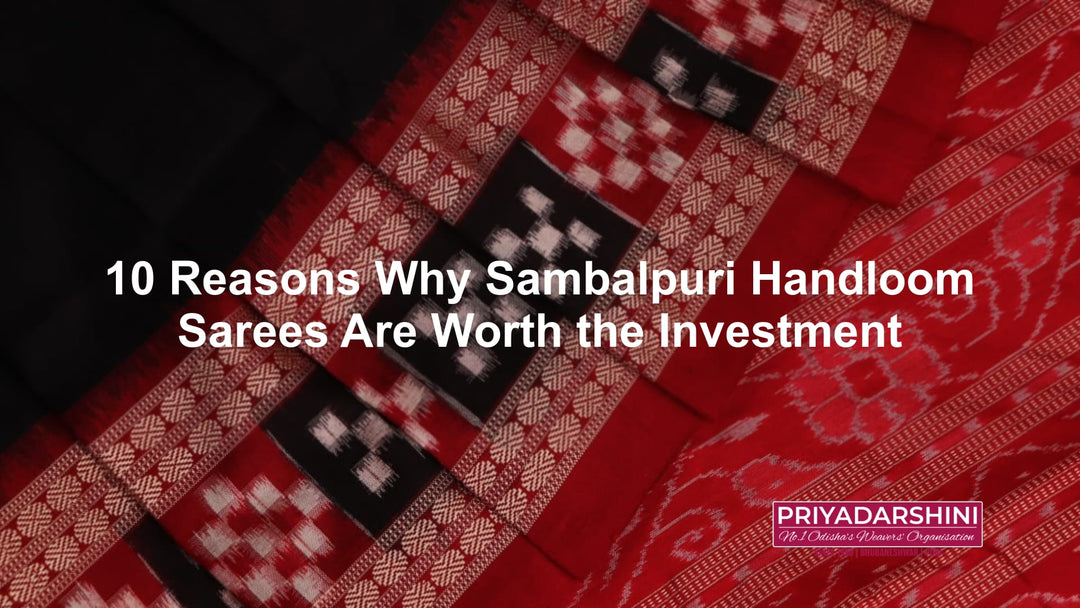


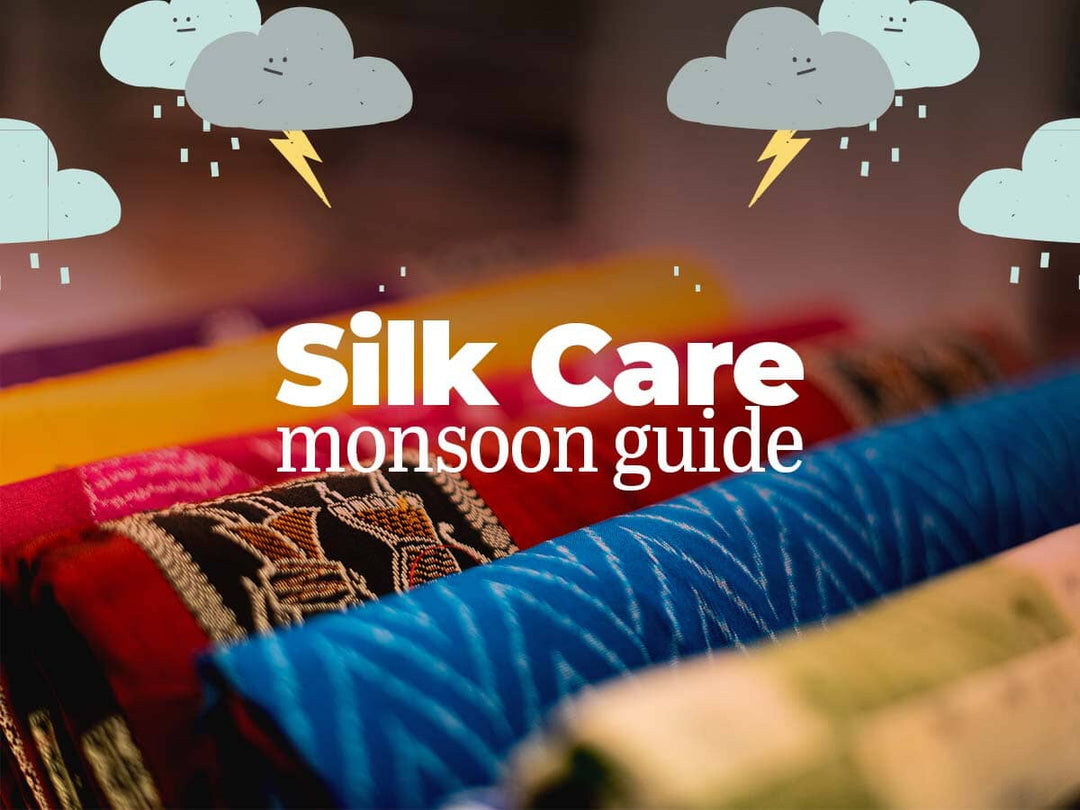



Leave a comment